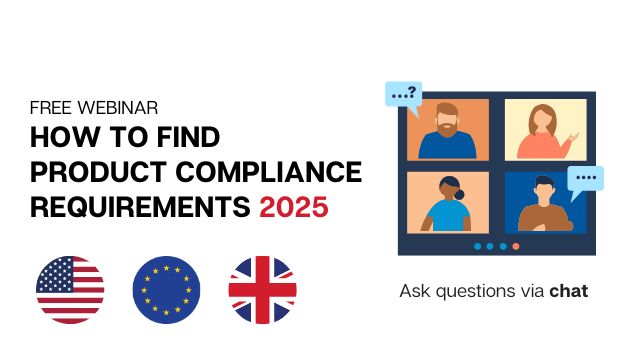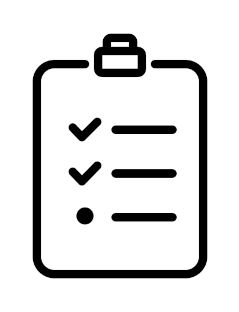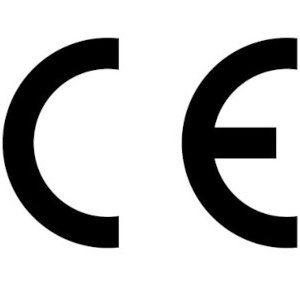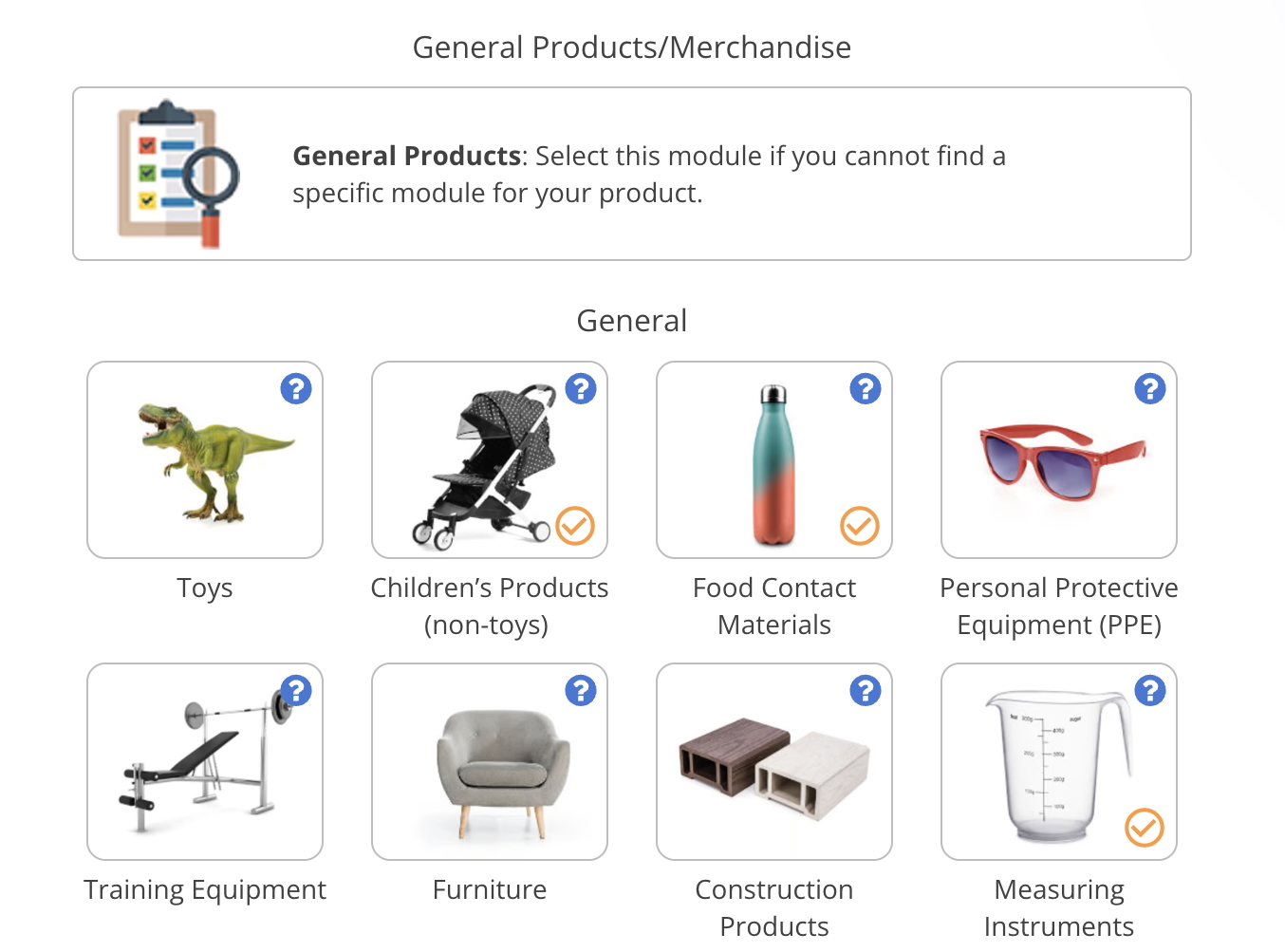
Food packaging materials are subject to various regulations and directives in the EU. These regulations set requirements concerning substance restrictions, labelling, documentation, recyclability, and other areas.
In this guide, we take a closer look at food contact materials regulations, PPWR, EPR, REACH, and other requirements relevant for food packaging supplied in the European Union.
Note: This guide only covers requirements applicable to food packaging materials. It does not cover food labelling requirements.
Content Overview

FREE CONSULTATION CALL (30 MIN)
 Ask questions about compliance requirements
Ask questions about compliance requirements Countries/markets:
Countries/markets:
 Learn how we can help your business
Learn how we can help your business
You will speak with:Ivan Malloci or John Vinod Khiatani
EU Food Contact Materials (FCM) Regulations
Below follows an overview of selected EU food contact materials regulations and directives. These are also relevant for various types of food packaging materials, such as the following:
- Plastic food packaging
- Paper food packaging
- Coating food packaging
- Coffee cups
- Drinking cups
- Aluminum food packaging
Overview
| Regulation/Directive | Relevancy |
| Food Contact Materials Framework Regulation (EC) 1935/2004 | 1. This regulation covers requirements for food contact materials in general, such as documentation, labelling, and substance restrictions.
2. It also applies to packaging intended to come into contact with food, such as packaging made of plastic, paper, or wood, and its varnishes and coatings. |
| Plastic FCM Regulation (EU) 10/2011 | 1. This regulation sets substance restrictions, documentation and labelling requirements for plastic food contact materials.
2. As such, it also covers food packaging made in plastic, as well as adhesives, plastic layers, and coatings. |
| Restriction of Use of Certain Epoxy Derivatives in FCM Regulation (EC) 1895/2005 | 1. This regulation sets substance restrictions for certain epoxy derivatives and documentation requirements.
2. It would apply to food packaging made of plastic, food packaging covered by coatings, and adhesives. |
| Recycled Plastic FCM Regulation (EU) 2022/1616 | 1. This regulation sets collection, documentation, labelling and other requirements for food contact materials that contain recycled plastic, or plastic that is intended to be recycled. It also sets requirements for recycling processes.
2. As such, its requirements also apply to food packaging that contains recycled plastic or plastic that is intended to be recycled. |
| Active and Intelligent FCM Regulation (EC) 450/2009 | 1. This regulation sets substance restrictions, documentation and labelling requirements for active and intelligent materials intended to come into contact with food.
2. The regulation specifies that the substances responsible for the active or intelligent function can also be contained in packaging material (e.g. a plastic bottle). |
| Regenerated Cellulose Film FCM Directive 2007/42/EC | 1. This regulation sets substance restrictions, documentation and labelling requirements for both uncoated and coated regenerated cellulose film.
2. As such, it also applies to food packaging that contains regenerated cellulose film, such as those you may find in the fridges of a supermarket. |
| Use of Bisphenol A in FCM Regulation (EU) 2024/3190 | 1. This regulation sets substance restrictions and documentation requirements for Bisphenol A and other bisphenols.
2. The text of the regulation claims that Bisphenol A is primarily used in varnishes and coatings, including those applied on metal food packaging, such as cans, tins and jar lids. |
Testing requirements
Lab testing is generally required to verify if food packaging materials comply with the restrictions set by the applicable food contact materials regulations. Further, the exact testing procedure also depends on the following factors:
1. Types of food or beverage the packaging is intended for
2. Storage and temperature
For example, food packaging intended for acidic foods can be subject to more stringent testing procedures compared to a milk carton.
Further, the test report is often the foundation for the Declaration of Compliance.
Declaration of Compliance
Plastic FCM Regulation (EU) 10/2011 and other EU FCM regulations require that the manufacturer issues a Declaration of Compliance. The purpose of a Declaration of Compliance is generally to provide information about the food packaging materials and the types of food and beverages it is intended for.
Labelling
Certain FCM regulations applicable to food packaging can also set labelling requirements.
Packaging and Packaging Waste Regulation (PPWR)
The Packaging and Packaging Waste Regulation (PPWR) establishes various requirements for all packaging used in the European Union:
Article 2 – Scope
This Regulation applies to all packaging, regardless of the material used, and to all packaging waste, whether such packaging is used in or such packaging waste originates from industry, other manufacturing, retail or distribution, offices, services or households.
Requirements
While the PPWR also sets substance restrictions, it goes beyond the requirements set by FCM regulations. Below follows an overview of key requirements set by the PPWR:
1. Packaging must be compliant with the substance restrictions in Article 5
2. Manufacturers must issue certain documentation:
- Declaration of Conformity
- Technical documentation
3. Packaging must be recyclable (as outlined in Article 6)
4. Ensure compliance with labelling requirements in Article 12
Extended Producer Responsibility (EPR)
The PPWR mandates that companies supplying packaging materials, including food packaging, must contribute to the cost of collecting and recycling packaging waste. In practice, this can mean that food packaging suppliers must take the following steps:
1. Register with the national authorities
2. Register with a Producer Responsibility Organisation (PRO)
3. Report packaging volumes
4. Pay for the cost of collection and recycling
REACH Regulation
The EU REACH Regulation sets substance restrictions for products and packaging materials in the European Union. Here are some examples of restricted substances:
- Lead
- Cadmium
- Mercury
- Phthalates
Food packaging containing restricted substances above the set limits in Annex XVII cannot be used in the European Union. Materials containing substances listed as SVHCs may also require registration.
Persistent Organic Pollutant Regulation
The Persistent Organic Pollutant Regulation set restrictions concerning substances defined as persistent organic pollutants. Here are some examples of such substances:
- Tetrabromodiphenyl ether
- Polychlorinated Biphenyls (PCB)
- Dechlorane Plus
Single-Use Plastics Directive
This directive covers single-use plastic products, products made from oxo-degradable plastic, and fishing gear that contains plastic.
The requirements differ according to the type of products. Here, we list the requirements that we found that affect food packaging and other food contact materials and products.
Annex – Part A
For products listed in Part A, which includes cups for beverages and food containers, EU member states should achieve a reduction in consumption by 2026.
The regulation states that this goal may be achieved using measures that ensure re-usable alternatives to single-use plastic products (e.g. ensuring that single-use products are not provided free of charge to the final client).
Annex – Part B
Single-use plastic products listed in Part B are prohibited. This includes:
- Food containers made of expanded polystyrene (e.g. boxes used to consume food)
- Beverage containers made of expanded polystyrene
- Cups for beverages made of expanded polystyrene
- Cutlery
- Plates
- Straws and stirrers
According to Article 5, products made from oxo-degradable plastic are also prohibited.
Annex – Part C
Beverage containers listed in this part can be sold only if their cap or lid remains attached to the container.
Annex – Part D
There are marking requirements for the products listed in Part D of the Annex, which includes cups for beverages.
Annex – Part E
There are EPR requirements for the products listed in Part E, which include:
- Food containers
- Packets containing food
- Some types of beverage containers
- Cups for beverages
Annex – Part F
There are separate collection requirements and requirements concerning their caps of lids for the beverage bottles listed in this part.
Annex – Part G
The awareness raising requirements listed in Article 10 apply to the products listed in this part, which include:
- Food containers
- Packets containing food
- Some types of beverage containers
- Cups for beverages
Compliance risks
Food packaging materials manufactured outside the European Union are not necessarily made to comply with EU regulations and directives. In practice, this means that food packaging materials can contain restricted substances above the set limits.
I have worked on several projects where food packaging imported from Asia and other regions have, after a testing process, turned out to be non-compliant due to substance contents.
Examples
1. Coated paper cups containing excessive amounts of phthalates
2. Metal food packaging containing evasive amounts of lead
FAQ
Is bisphenol A restricted in food packaging in the EU?
Yes, the Use of Bisphenol A in FCM Regulation (EU) 2024/3190 restricts bisphenol A in food contact materials, which also includes food packaging.
Are phthalates restricted in food packaging in the EU?
Yes, DEHP and other phthalates are restricted by various regulations applicable to food packaging materials in the European Union.
Are heavy metals restricted in food packaging in the EU?
Yes, several regulations applicable food packaging set restrictions for lead, cadmium, mercury, and other heavy metals.
Is a Declaration of Compliance required for food packaging in the EU?
Yes, if your food packaging is covered by an FCM regulation which mandates the issuance of a Declaration of Compliance. For example, plastic food packaging is covered by Plastic FCM Regulation (EU) 10/2011 which requires a Declaration of Compliance based on the format in Annex IV.
Do extended producer responsibility (EPR) requirements apply to food packaging?
Yes, the Packaging and Packaging Waste Regulation sets extended producer responsibility (EPR) requirements for packaging materials in general. It does not exclude food packaging from its scope.
Which chemicals are restricted in food packaging?
There are various regulations that set substance restrictions on food packaging. The exact restrictions depend on the type of food packaging, as this determines which regulations apply in the first place.
For example, the set of restricted substances differ between a paper cup with plastic coating compared to metal food packaging.
Is testing required for food packaging in the EU?
Yes, lab testing is practically a necessity for food packaging in the EU. Without testing, it is not possible for substances from the food packaging to migrate into the contained food or beverage after reacting with a certain stimulant.
Many types of food packaging also require an FCM Declaration of Compliance which, at least in some cases, is based on data from test reports.
Which companies offer testing for food packaging in the EU?
Here are examples of companies offering food contact materials testing services for the EU market:
- TUV Rheinland
- Bureau Veritas
- SGS
- Intertek
- Eurofins






















.png)
.png)
.png)


